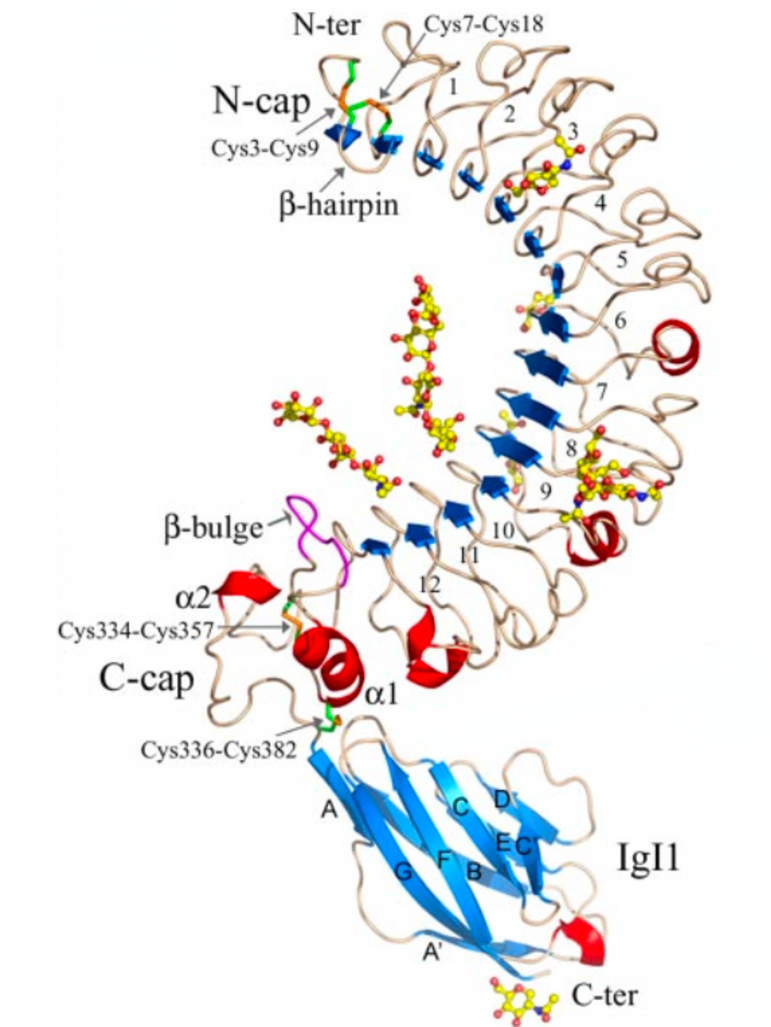The aim of my research project will be the development of a panel of antibodies against the protein “leucine rich repeat and immunoglobulin-like domain-containing protein 1” (LINGO-1). This protein is involved in neuronal differentiation and growth, in the regulation of axon guidance and regeneration, and in the inhibition of myelination. Antibodies targeting LINGO-1 will be rationally designed using a procedure established in the Centre for Misfolding Diseases at the University of Cambridge (Sormanni et al., 2015; Rangel et al., 2021).
Antibodies will be expressed and binding to the target will be analysed by a range of biochemical and biophysical techniques. This is expected to render a selection of antibodies with promising binding characteristics to different epitopes of LINGO-1.
Secondly, the Fc part of the antibodies will be engineered for a safe and efficient intranasal delivery of the antibodies. Binding to targets in physiological contexts, after intranasal delivery to mice, will also be analysed in collaboration, rendering insights to the in vivo behaviour of the generated antibodies.
Importantly, besides its application by ESR 11 to the LINGO-1 signalling partner, the protein neurite outgrowth inhibitor (Nogo-A, also known as reticulon 4 or RTN4), this approach may further be extended to other targets relevant to neurodegenerative diseases, such as misfolding proteins. This project thus bears potential to target neurodegenerative disorders, including multiple sclerosis and misfolding diseases, by computational design, followed by biochemical and biophysical analyses.
